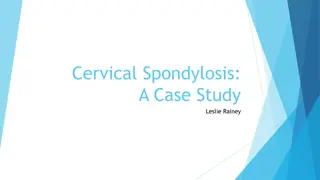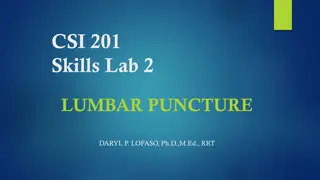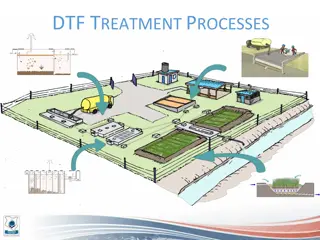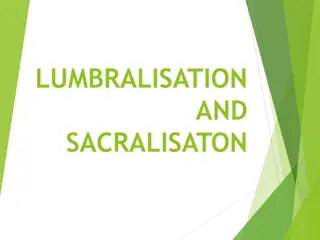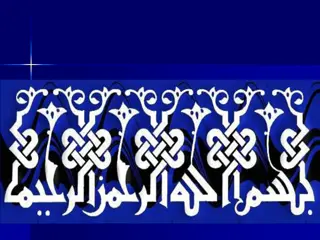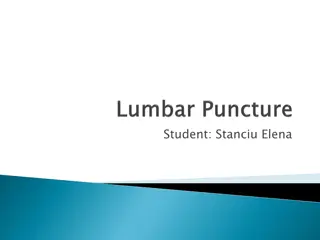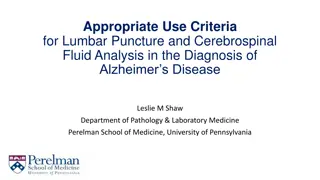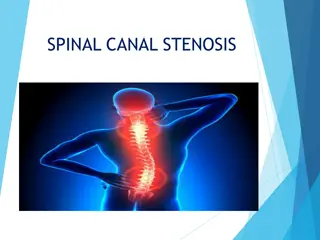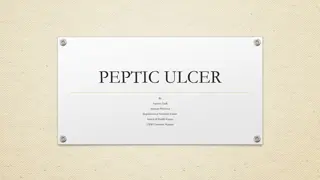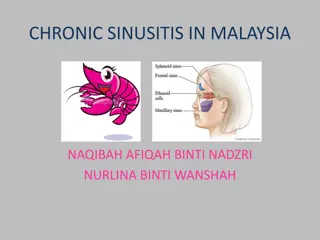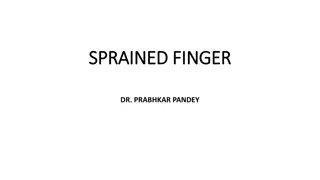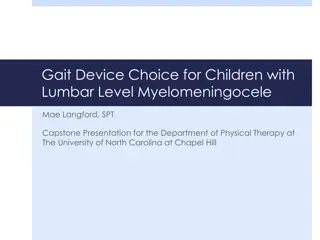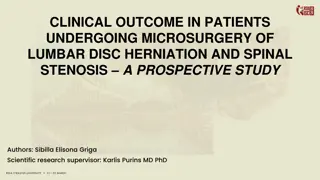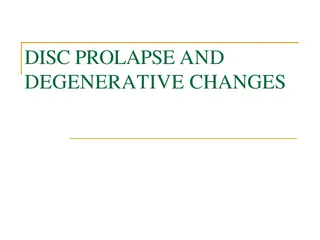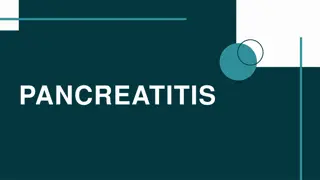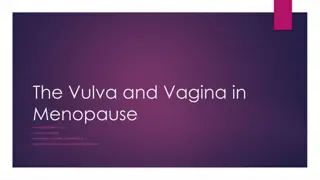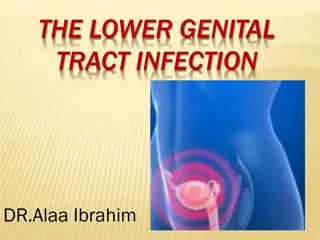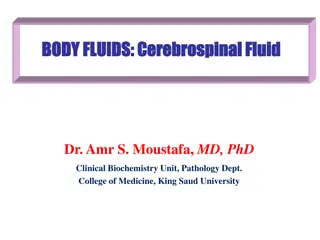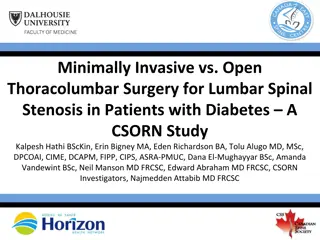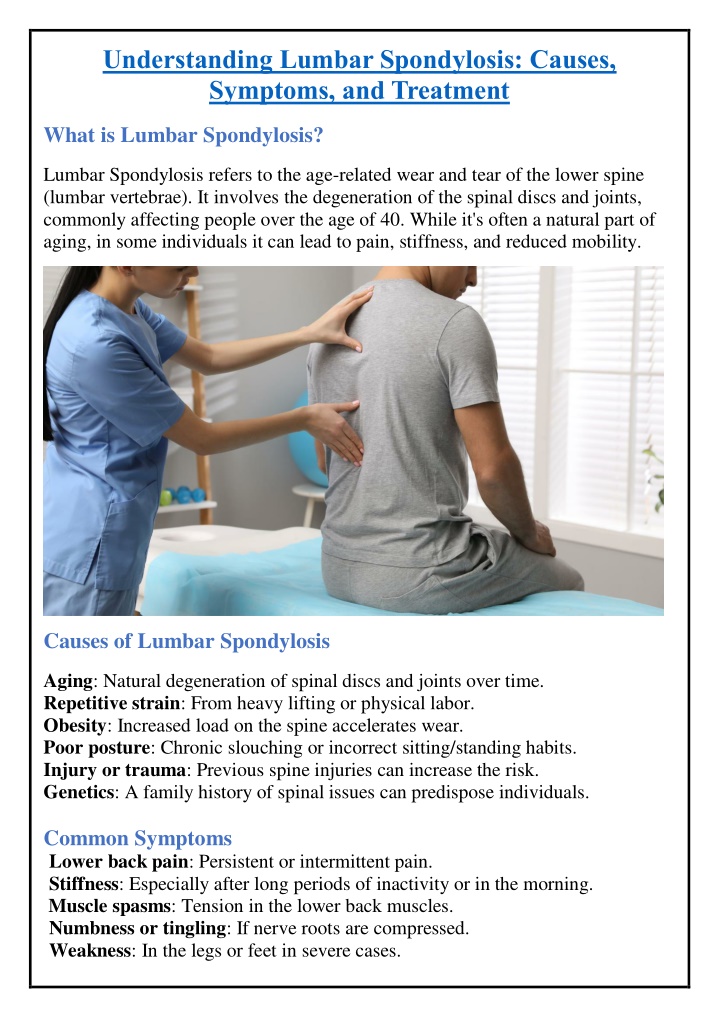
Understanding Lumbar Spondylosis: Causes, Symptoms, and Treatment
Lumbar Spondylosis refers to the age-related wear and tear of the lower spine (lumbar vertebrae). It involves the degeneration of the spinal discs and joints, commonly affecting people over the age of 40. While it's often a natural part of aging, in
Download Presentation

Please find below an Image/Link to download the presentation.
The content on the website is provided AS IS for your information and personal use only. It may not be sold, licensed, or shared on other websites without obtaining consent from the author. If you encounter any issues during the download, it is possible that the publisher has removed the file from their server.
You are allowed to download the files provided on this website for personal or commercial use, subject to the condition that they are used lawfully. All files are the property of their respective owners.
The content on the website is provided AS IS for your information and personal use only. It may not be sold, licensed, or shared on other websites without obtaining consent from the author.
E N D
Presentation Transcript
Understanding Lumbar Spondylosis: Causes, Symptoms, and Treatment What is Lumbar Spondylosis? Lumbar Spondylosis refers to the age-related wear and tear of the lower spine (lumbar vertebrae). It involves the degeneration of the spinal discs and joints, commonly affecting people over the age of 40. While it's often a natural part of aging, in some individuals it can lead to pain, stiffness, and reduced mobility. Causes of Lumbar Spondylosis Aging: Natural degeneration of spinal discs and joints over time. Repetitive strain: From heavy lifting or physical labor. Obesity: Increased load on the spine accelerates wear. Poor posture: Chronic slouching or incorrect sitting/standing habits. Injury or trauma: Previous spine injuries can increase the risk. Genetics: A family history of spinal issues can predispose individuals. Common Symptoms Lower back pain: Persistent or intermittent pain. Stiffness: Especially after long periods of inactivity or in the morning. Muscle spasms: Tension in the lower back muscles. Numbness or tingling: If nerve roots are compressed. Weakness: In the legs or feet in severe cases.
Diagnosis A healthcare provider may use the following to confirm Lumbar Spondylosis: Physical examination X-rays: To detect bone spurs or disc degeneration. MRI or CT scan: To view nerve compression or soft tissue damage. Neurological tests: If nerve involvement is suspected. Treatment Options Non-Surgical Treatment Medications: Pain relievers (NSAIDs), muscle relaxants. Physical therapy: Core strengthening, flexibility, and posture correction. Hot/cold therapy: To reduce inflammation and relieve pain. Lifestyle modifications: Weight management, ergonomic adjustments. Interventional Procedures Epidural steroid injections: For pain management. Radiofrequency ablation: For nerve pain in select cases. Surgical Treatment Surgery is rarely needed unless there s severe nerve compression, spinal instability, or ineffective conservative treatment. Procedures may include laminectomy or spinal fusion. Preventive Measures Regular exercise focusing on core and back strength. Maintain a healthy weight. Practice proper posture and lifting techniques. Quit smoking (smoking accelerates disc degeneration).
Contact Information :- Address :2nd Floor, DEVKRUPA CHS, Swami Vivekananda Rd, beside Pulse Diagnostic Shimpoli Signal, Shimpoli, Borivali West, Mumbai, Maharashtra 400092 Mobile : +919701549701 Conclusion Lumbar Spondylosis is a common yet manageable condition. Early intervention with physiotherapy, lifestyle changes, and medical guidance can significantly improve quality of life. If you re experiencing persistent back pain or other symptoms, consult a spine specialist or orthopedic doctor for proper diagnosis and treatment.

